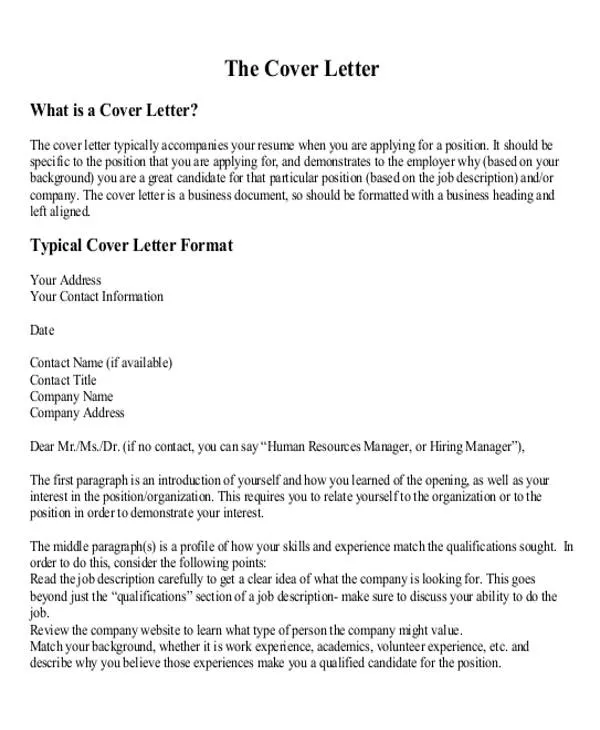What is a Cover Letter?
A cover letter is a crucial document that accompanies your resume when applying for a job. It serves as your introduction to the hiring manager, providing a concise overview of your skills, experience, and why you’re a suitable candidate for the position. Think of it as your personal sales pitch, where you can showcase your personality and enthusiasm, and highlight the key aspects of your resume in a more engaging manner. A well-crafted cover letter can significantly increase your chances of landing an interview, as it allows you to make a strong first impression and demonstrate your genuine interest in the role and the company.
Why a Cover Letter is Important
In today’s competitive job market, a cover letter can be a defining factor in whether your application makes it to the next stage. It provides you with the opportunity to elaborate on your qualifications and demonstrate how your skills align with the job requirements. Many hiring managers consider a cover letter as an essential part of the application package, as it reveals your communication skills, attention to detail, and ability to express yourself professionally. Moreover, a cover letter enables you to personalize your application and express your genuine interest in the specific role and company, which can set you apart from other candidates.
The Key Elements of a Cover Letter
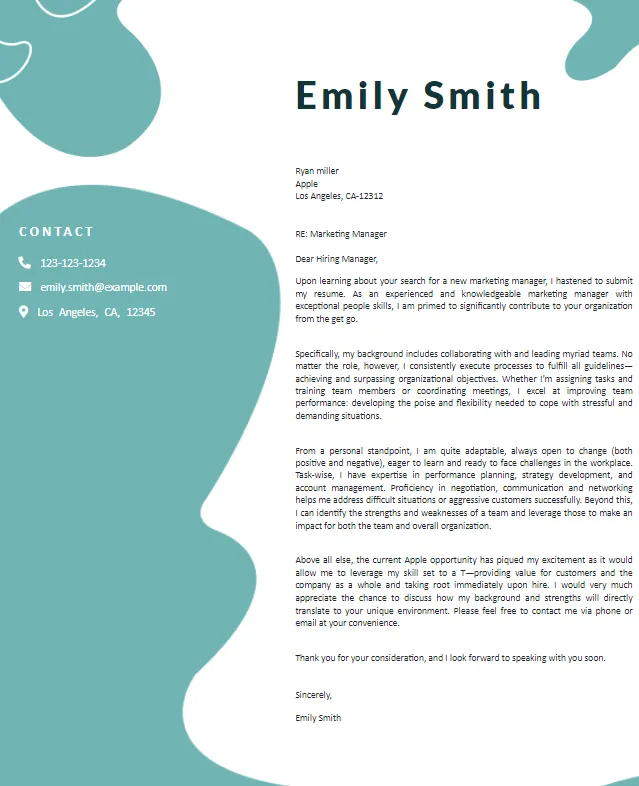
A well-structured cover letter typically comprises several essential sections, each playing a critical role in conveying your message effectively. These include the header, the body (which includes the opening, middle paragraphs, and closing), and a professional closing. Each section serves a specific purpose and contributes to the overall impact of your application. A comprehensive understanding of these elements is crucial for creating a compelling cover letter that captures the attention of the hiring manager and highlights your suitability for the position.
Header Section
The header section is the first thing the hiring manager sees, so it’s important to get it right. It should include your contact information (name, phone number, email, and sometimes your LinkedIn profile URL), the date, and the recipient’s information (name, title, and company address, if available). Using a professional font and layout in the header sets the tone for the rest of your cover letter and shows attention to detail. Make sure your contact information is accurate and up-to-date, as this is how the hiring manager will reach you if they’re interested in your application. See Image: cover-letter-header.webp.
Body Section
The body of your cover letter is where you make your case. It’s typically composed of an opening paragraph, middle paragraphs (often two or three), and a closing paragraph. This section should be well-structured, engaging, and tailored to the specific job you’re applying for. Within this section, you will highlight your skills, experience, and achievements, and explain why you are the best fit for the role. This is your opportunity to demonstrate your communication skills and showcase your personality, while maintaining a professional tone.
Opening Paragraph
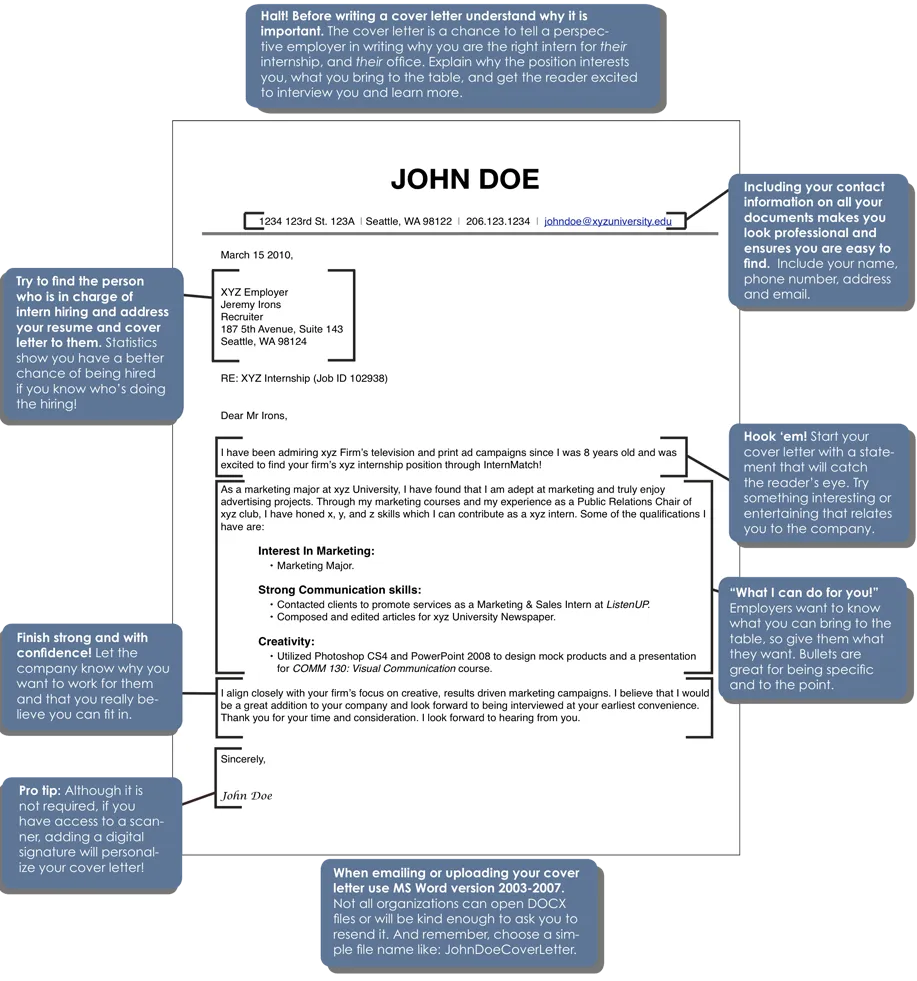
The opening paragraph should immediately grab the reader’s attention. It should clearly state the position you’re applying for and where you saw the job posting. Briefly mention why you’re interested in the role and the company. A strong opening sets the tone for the rest of your letter and encourages the reader to continue reading. Avoid generic openings; instead, try to personalize your introduction by mentioning something specific that caught your eye about the job or the company.
Middle Paragraphs
These paragraphs are the heart of your cover letter. They should provide detailed information about your relevant skills, experience, and achievements. Use specific examples to demonstrate how you have successfully performed in previous roles and the value you can bring to the company. Tailor each paragraph to match the job requirements. Quantify your accomplishments whenever possible by using numbers and data to show the impact of your work. Focus on the keywords and requirements mentioned in the job description. See Image: cover-letter-body.webp.
Closing Paragraph
The closing paragraph should reiterate your interest in the role and express your enthusiasm for the opportunity. Thank the hiring manager for their time and consideration. Include a call to action by stating that you’re eager to discuss your qualifications further in an interview. Maintain a professional and positive tone. Ensure you’ve included all necessary contact information, so they can easily get in touch with you. A well-crafted closing leaves a lasting impression and encourages the hiring manager to take the next step.
Formatting Your Cover Letter
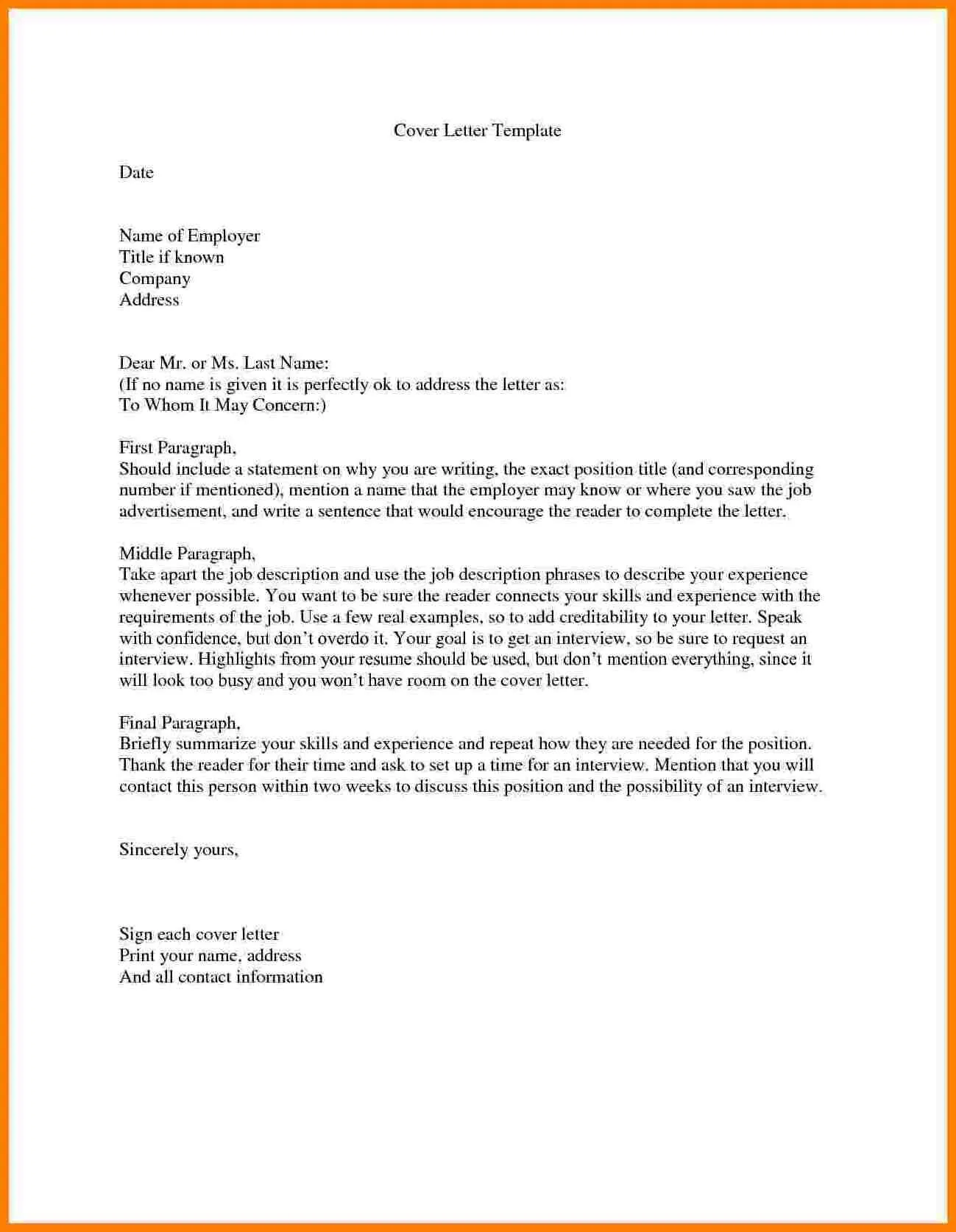
Proper formatting is critical for creating a cover letter that is easy to read and visually appealing. The goal is to present your information in a clear, concise, and professional manner. Adhering to standard formatting guidelines shows attention to detail and can make your cover letter stand out. From font selection to margins and spacing, every aspect of formatting contributes to the overall impact of your application. See Image: cover-letter-format.webp.
Font Selection
Choose a professional and easy-to-read font, such as Times New Roman, Arial, Calibri, or Helvetica. Keep the font size between 10 and 12 points. Ensure the font is consistent throughout the document, and avoid using overly stylized fonts that can distract from the content. Your choice of font reflects your professionalism, so choose a font that is clear, readable, and looks good on paper and on screen.
Margins and Spacing
Use standard 1-inch margins on all sides. Double-space between paragraphs for readability. Avoid crowding the text, as it can make your cover letter appear dense and difficult to read. Ensure your cover letter has ample white space to visually separate different sections, making it easier for the hiring manager to quickly scan the document. Proper spacing enhances the overall appearance and professionalism of your cover letter.
File Format
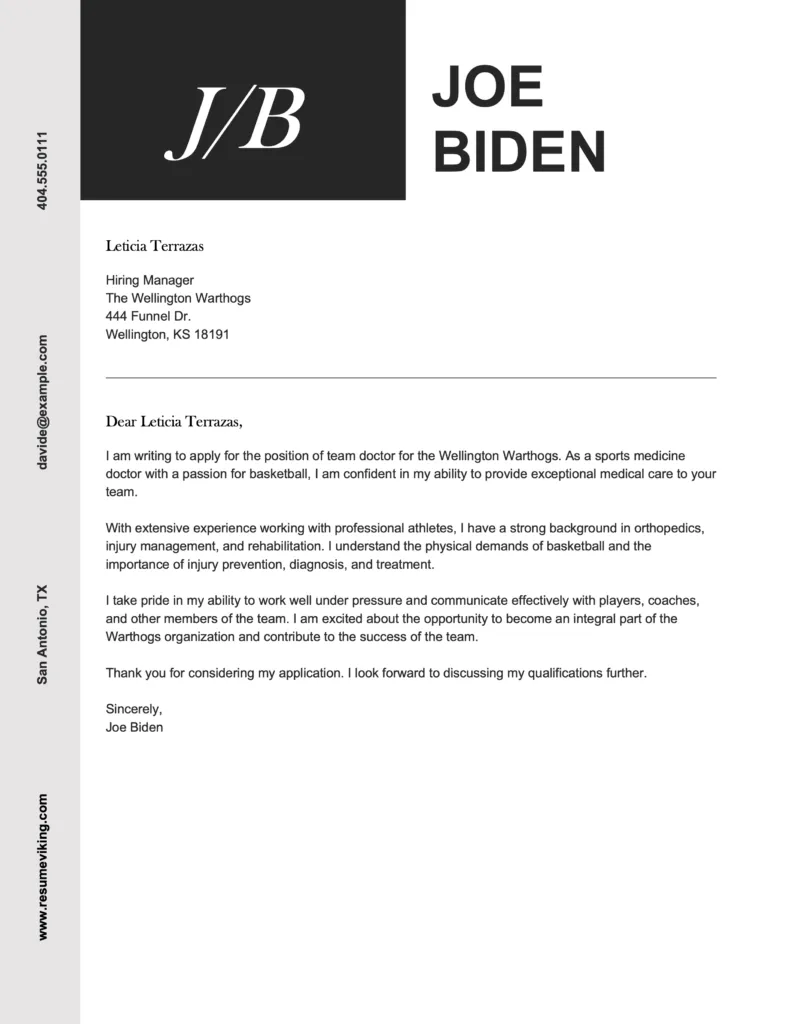
Save your cover letter as a PDF file unless the job posting specifies a different format. A PDF (Portable Document Format) ensures that your formatting remains consistent across different devices and operating systems. Always name the file clearly, using your name and the job title (e.g., “JohnDoe_CoverLetter_MarketingManager.pdf”). This helps the hiring manager organize and identify your application easily, as well as conveys your attention to detail.
Proofreading and Editing
Thoroughly proofread and edit your cover letter before submitting it. Check for any grammatical errors, spelling mistakes, and typos. Have someone else review your cover letter to catch any errors you might have missed. Proofreading ensures your cover letter is polished, professional, and reflects well on your attention to detail. A cover letter riddled with errors can significantly undermine your credibility, so take your time to ensure it is perfect.
Action Verbs and Keywords
Using strong action verbs and keywords in your cover letter can greatly enhance its impact. Action verbs make your accomplishments sound more dynamic and engaging, while keywords help your application stand out to applicant tracking systems (ATS) and hiring managers. Carefully selecting and incorporating these elements improves the overall effectiveness of your cover letter. See Image: action-verbs-cover-letter.webp.
Customization
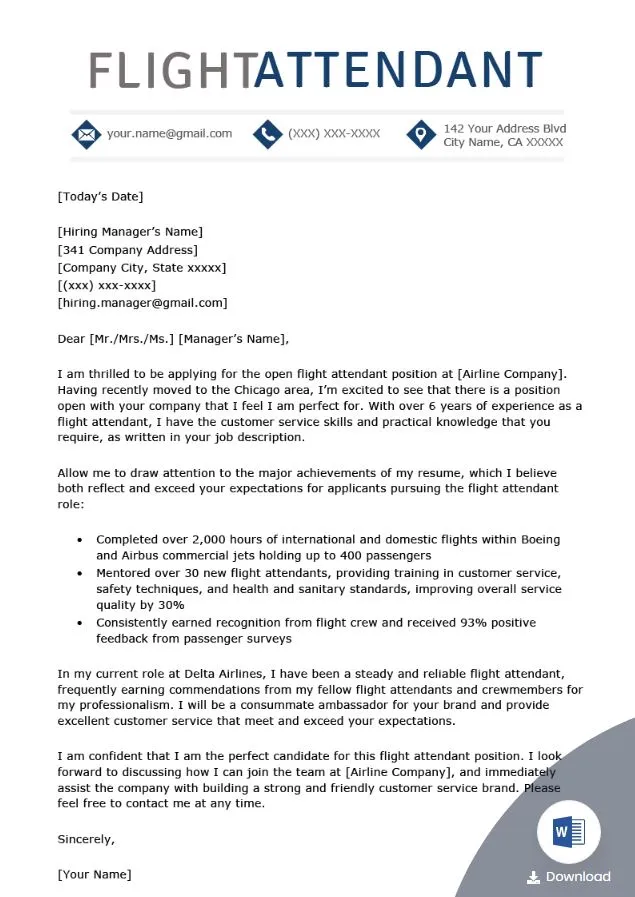
Customizing your cover letter is essential for demonstrating your genuine interest and tailoring your application to the specific job requirements. Generic cover letters are easily identified and often discarded. By customizing your letter, you show that you have taken the time to understand the role and the company, highlighting the aspects of your skills and experience that are most relevant. See Image: customize-cover-letter.webp.
Highlighting Your Achievements and Skills
Your cover letter is an excellent opportunity to showcase your achievements and skills. Instead of just listing your responsibilities, provide specific examples of your accomplishments and the results you achieved. Focus on the key skills and qualifications that align with the job requirements, and explain how you used those skills to make a positive impact in previous roles. This helps the hiring manager understand the value you can bring to the company.
Quantify Your Accomplishments
Whenever possible, quantify your accomplishments. Use numbers, percentages, and data to demonstrate the impact of your work. For example, instead of saying you “increased sales,” state that you “increased sales by 15% within one year.” Quantifying your achievements provides tangible evidence of your skills and abilities and makes your accomplishments more compelling. This approach provides a clear picture of your value and helps your application stand out.
Tailoring Your Cover Letter to the Job
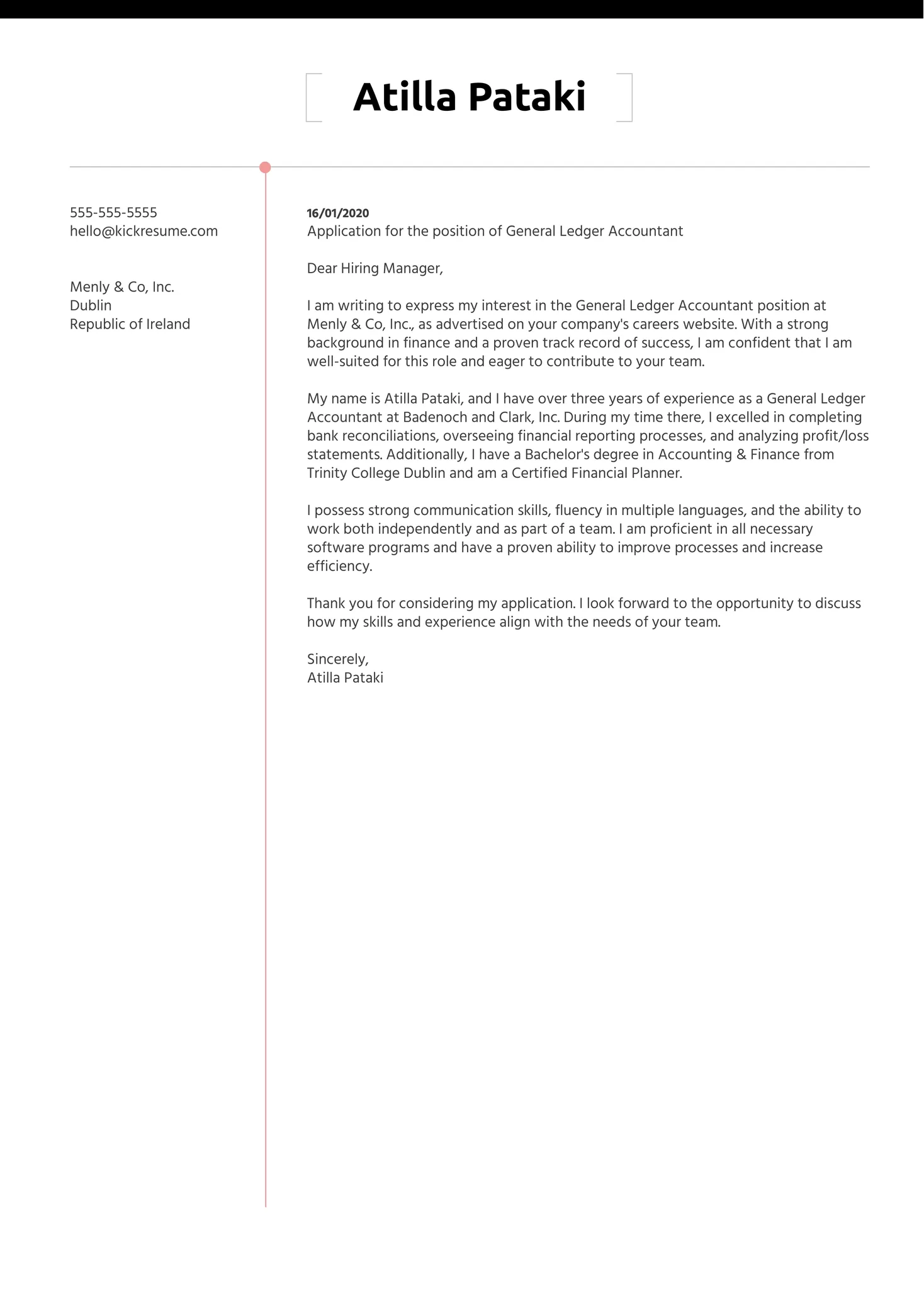
Carefully tailor your cover letter to match the specific job description and requirements. Identify the key skills and qualifications that the employer is seeking, and then highlight your relevant experience and achievements. Research the company and understand its values, mission, and culture, as this will help you write a more effective cover letter. This level of customization shows your attention to detail and demonstrates that you have taken the time to understand the role.
Research the Company
Before writing your cover letter, research the company. Understand its mission, values, and culture. Visit its website, social media pages, and any other available resources. This knowledge will help you align your cover letter with the company’s goals and values, making a stronger impression. Use this information to demonstrate your genuine interest and tailor your letter to resonate with the company’s specific needs.
Address the Specific Requirements
Carefully read the job description and identify the key requirements. Tailor your cover letter to address these requirements directly. Highlight your relevant skills, experience, and achievements, and explain how you meet the qualifications. Use the same keywords and phrases used in the job description to ensure your application is easily understood and considered by the hiring manager. Address the specific needs of the role to show your understanding and fit.
Cover Letter Mistakes to Avoid
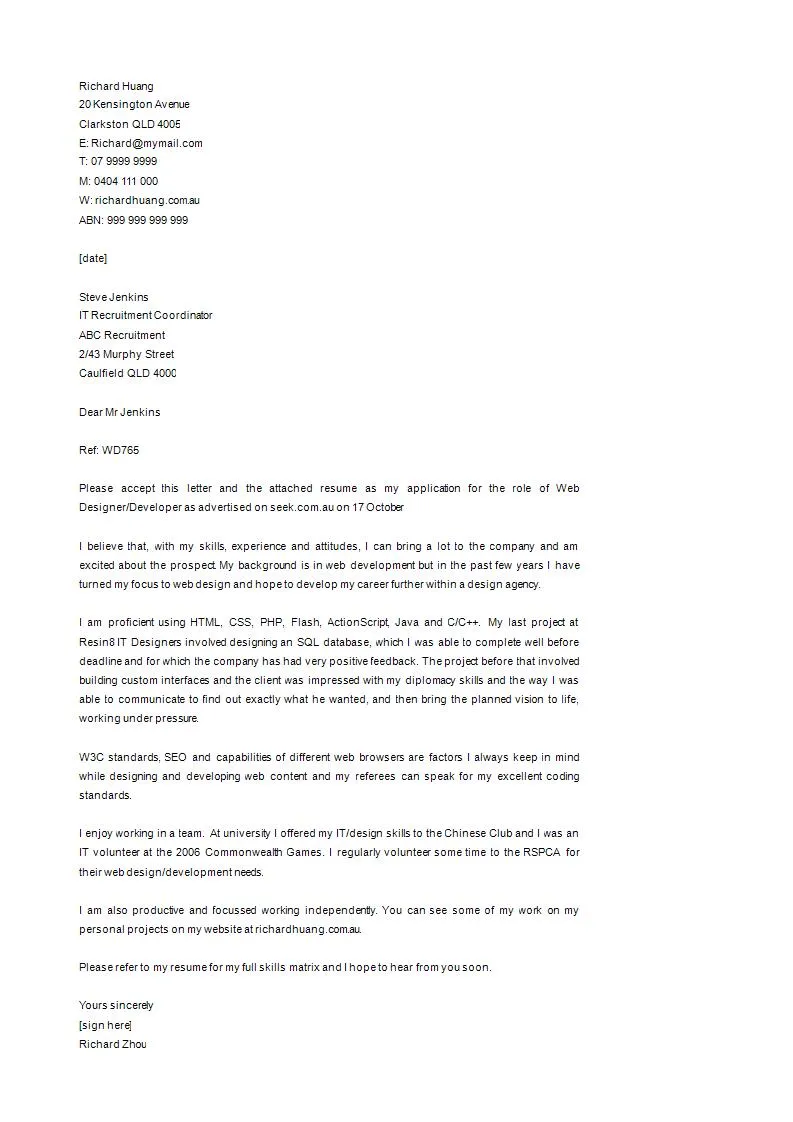
Avoiding common mistakes is crucial for creating a cover letter that makes a positive impression. Errors in grammar, formatting, or content can undermine your application and decrease your chances of landing an interview. By knowing the common pitfalls, you can ensure your cover letter is polished, professional, and compelling. See Image: cover-letter-mistakes.webp.
Generic Cover Letters
Avoid sending generic cover letters that could be used for any job. Hiring managers can easily recognize these letters. Customizing your cover letter demonstrates your genuine interest in the role and the company. Tailor your letter to the specific job requirements, highlighting the skills and experiences that are most relevant. Research the company and reference specific details to show that you’ve invested time and effort in your application. Generic letters give the impression you’re not truly interested in the position.
Typos and Grammatical Errors
Typos and grammatical errors can damage your credibility and make you appear unprofessional. Always proofread your cover letter carefully before submitting it. Use a grammar checker, and consider having someone else review your letter as well. Take your time, and pay attention to details, so that your cover letter presents a professional image.
Too Long Cover Letter
Keep your cover letter concise and to the point, typically one page in length. Avoid overwhelming the hiring manager with excessive information. Focus on the most important skills, experience, and achievements. Make every word count. A well-written cover letter should be easy to read and engaging, capturing the reader’s attention without being overly lengthy. The aim is to present yourself as the best candidate, not provide a detailed autobiography.
Lying on a Cover Letter
Never lie or exaggerate your skills or experience in your cover letter. Be truthful about your qualifications and achievements. Dishonesty can damage your reputation and lead to serious consequences if discovered later. Always present an honest and accurate picture of your abilities and experience, and focus on highlighting your strengths in a truthful and compelling way.
Cover Letter Example
Here’s an example of what a cover letter may look like, which will give you an idea about how to structure one. Remember to customize to your own needs. [Provide the example here]. A well-written cover letter example can serve as a guide for your own cover letter, but remember to tailor it to your unique experience and the specific job application. See Image: cover-letter-example.webp.
